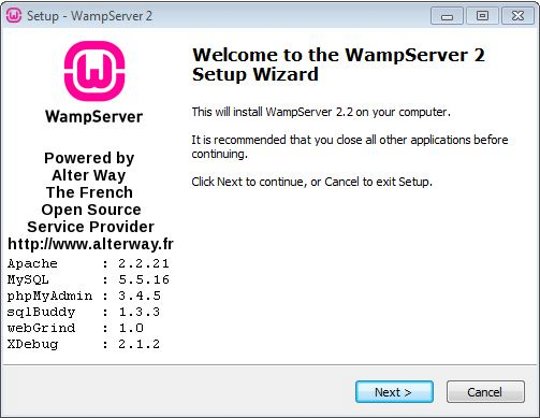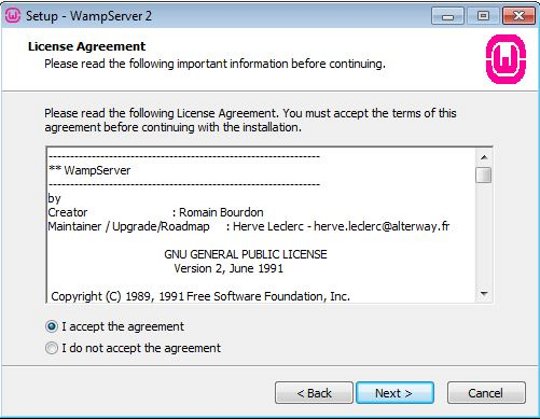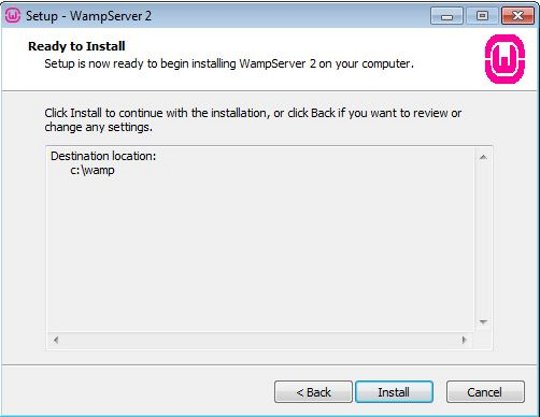On the Internet, a high bounce rate is the kiss of death — and a sure sign that your website and marketing strategy need a major overhaul. In order to better understand and analyze the success of your marketing campaigns, there are a plethora of web analytics tools to measure everything from time spent on site to cost per engagement, and it's easy to become paralyzed by the inundation of data. But bounce rate is one metric savvy marketers can't afford to ignore, as it measures how effectively your brand is resonating with visitors.
By definition, bounce rate is the percentage of site visitors who leave after visiting one page. Why would these users "bounce"? It's probably an indication that your site isn't providing the information the user seeks, the site could be taking too long to load or hard to navigate, or perhaps there's some larger disconnect between your site and your users. The simple metric is a general way to gauge the efficacy of your site.
Bounce rate is closely related to time spent (more on that in an upcoming Metrics That Matter article), as it's a measure of engagement that demonstrates the degree to which people are enjoying and interacting with content in a deeper way, says Stephanie Fried, VP of digital insights and marketing at Discovery Communications.
We talked with a few marketers about strategies for avoiding high bounce rates, and how to maintain user engagement — and drive conversion — once you've got customers on your site.
Deliver Upon Expectations
One of the biggest consumer frustrations is having to dredge through a poorly designed website, only to realize the information you're looking for isn't even there. There are many causes of a high bounce rate, but one of the main causes is not delivering upon the expectations of your users. Jason Squardo, executive vice president of optimization at ZOG Digital, a search and social marketing company, stresses the importance of meeting user expectations.
"A high bounce rate may may be an indication that your content isn't engaging or that your advertisements are misleading.
In
In order to reduce bounce rate, it's important to set up users' expectations through the content— whether that be the call-to-action in an ad or headlines that match blog content," he says. You don't want users to land on your site and feel deceived or cheated.
"Users should have some idea of what lies ahead for them. Lower bounce rates are important because it indicates optimized and efficient marketing. "It's one thing to get a user to your site, it's quite another to get them to engage with the content through a purchase or next step."
Improve Brand Storytelling
The word storytelling has creeped into discussions of how brands should be communicating with customers — and it's an important strategy to consider when trying to maintain a low bounce rate. On top of meeting the expectations of your users, you should make sure they understand who you are as a brand, what you stand for and what you've got to offer.
Digital marketer Rob Longert mentioned the importance of brand storytelling when we discussed bounce rate. "A low bounce rate is a good indicator that the story you're trying to tell is resonating with customers and potential customers. Brand storytelling is about cutting through the clutter and hooking your visitors in the story, products or content on your site, and analyzing bounce rate is a good way to tell if that's working."
Be Savvy on Social
As we become more entrenched in social media, people often utilize Twitter and Facebook to learn about brands instead of going to their websites. Because of this, it is increasingly important to be active and responsive on social media — meeting the expectations of your users and giving them a reason to engage on your website.
Morra Aarons-Mele, founder of the digital cause marketing agency Women Online, identified bounce rate as a "hugely critical metric."
average bounce rate is about 50%, meaning that about half of people who land on your website pages leave and don't come back." While optimizing web pages and improving your content strategy can help, Aarons-Mele reiterates that consumers live in their feeds, and that is a golden opportunity for brands. "Use social media content to engage people, and keep them informed and entertained. But when you really need to reach them — use email and social media. This way, you can get your content out to people without having to rely on them coming to your site of their own volition, and probably 'bouncing' off."
Being proactive on social media is a way to engage with your consumers without the fear of them potentially bouncing off your website. The more you can effectively communicate through social media channels, the better your onsite engagement will be.
Develop a Better Web Design to Lower Bounce Rate
Sometimes a few design tweaks can make all the difference. Here are some quick tips to helplower your bounce rate:
- Have clear navigation — if a user can't find what they're looking for, she'll leave.
- Have a clear purpose or call to action on the landing page — one of the biggest causes of a high bounce rate is visitor confusion.
- Be wary of third-party content and widgets — they weigh down the site and increase load time.
- Make sure your content is easy to read — be wary of font size and contrast, especially because a lot of browsing occurs on the small screens of mobile devices.
- Invest in a responsive design, which will adapt to any screen size and optimize the user experience for everyone.
How have you effectively lowered your site's bounce rate? Tell us in the comments below.





